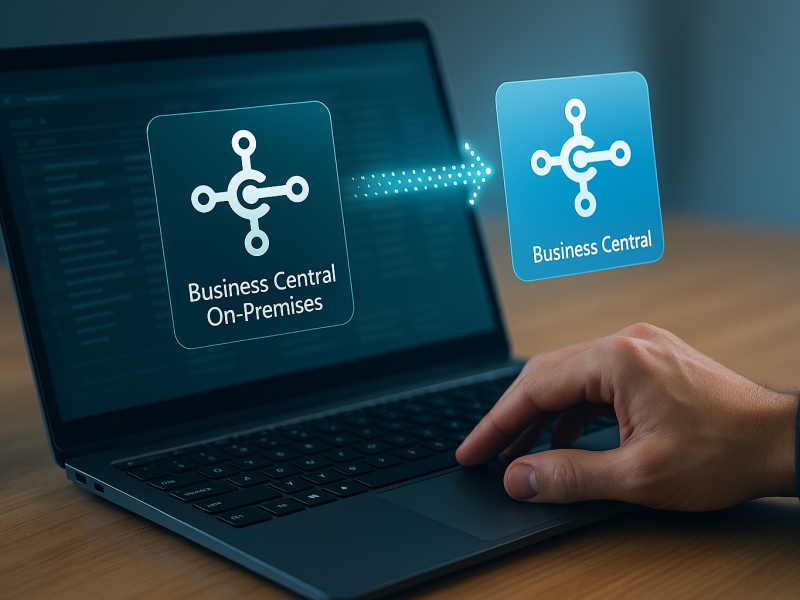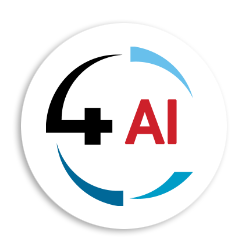Blog
Beyond Lift-and-Shift: Best Practices for Seamless Migration to Business Central SaaS

Migrating to the cloud is no longer a question of “if,” but “how.” For businesses running legacy ERP systems or on-premises versions of Microsoft Dynamics, the move to Dynamics 365 Business Central SaaS offers a compelling opportunity to modernize operations, reduce costs, and unlock new capabilities. But successful migration isn’t just about copying data from one system to another - it’s about transforming how your business works.
Let’s have a look at some best practices for migrating to Business Central SaaS, going beyond the basic lift-and-shift approach to ensure a smooth, strategic, and value-driven transition.
Why Migration Matters: More Than Just a Technical Upgrade
Migrating to Business Central SaaS isn’t just a technical exercise—it’s a business transformation. The cloud-native version offers:
- Automatic updates and scalability
- Integration with Microsoft 365, Power Platform, and Azure
- AI-driven insights and automation
- Global accessibility and mobile support
But to fully realize these benefits, businesses must approach migration with a clear strategy, robust planning, and a focus on long-term value—not just short-term convenience.
Best Practices for a Seamless Migration
Here are the key steps and strategies to ensure your migration to Business Central SaaS is smooth, secure, and successful:
1. Start with a Business Case, Not Just a Technical Plan
Before diving into data mapping or system configurations, define the “why” behind your migration. What business outcomes are you targeting?
- Improved reporting and analytics?
- Reduced IT overhead?
- Enhanced customer experience?
- Faster time-to-market?
Aligning your migration goals with business objectives ensures stakeholder buy-in and helps prioritize features and timelines.
2. Audit Your Current System
Take stock of your existing ERP setup:
- What modules are in use?
- What customizations exist?
- What data is critical vs. obsolete?
This audit helps identify what should be migrated, what can be retired, and what needs to be reimagined in the cloud.
Tip: Use Microsoft’s built-in migration tools to assess compatibility and streamline the process.
3. Clean Your Data Before You Move It
Migrating messy, outdated, or duplicate data is a recipe for post-migration headaches. Invest time in data cleansing:
- Remove inactive vendors, customers, and products
- Standardize naming conventions
- Archive historical data separately
4. Leverage Microsoft’s Migration Tools
Microsoft provides built-in tools to migrate from supported on-premises versions to Business Central SaaS. These tools handle:
- Data mapping
- Table conversions
- Compatibility checks
5. Plan for Customizations and Extensions
Business Central SaaS supports extensions via AL code and the AppSource marketplace. Instead of replicating old customizations, ask:
- Can this be replaced with standard functionality?
- Is there a certified app that meets this need?
- Can we redesign the process for better efficiency?
This is your chance to simplify and modernize your ERP footprint.
6. Test, Test, Test
Before going live:
- Run sandbox migrations
- Validate data integrity
- Test workflows and integrations
- Get user feedback
A robust testing phase catches issues early and builds confidence across teams.
7. Train Your Team
Even the best ERP system fails without user adoption. Provide training tailored to roles:
- Finance teams need to understand new reporting tools
- Sales teams should learn CRM integration
- Warehouse staff must adapt to new inventory workflows
Use Microsoft Learn, partner-led webinars, and internal champions to drive adoption.
8. Monitor Post-Migration Performance
After go-live, track KPIs:
- System uptime and responsiveness
- User satisfaction
- Reporting accuracy
- Operational efficiency
Use Power BI dashboards and telemetry tools to monitor performance and identify areas for improvement.
Beyond Migration: Embracing Continuous Innovation
Business Central SaaS isn’t a one-time upgrade—it’s a platform for ongoing innovation. With automatic updates, new features roll out regularly, including:
- AI-powered forecasting
- Enhanced reporting tools
- Deeper integration with Microsoft Teams and Power Automate
Stay engaged with Microsoft’s roadmap and community forums to take full advantage of these enhancements.
Some Common Pitfalls to Avoid
Even well-planned migrations can stumble. Watch out for:
- Underestimating data complexity: Clean and map data early.
- Ignoring user training: Adoption is key to ROI.
- Over-customizing: Use standard features and certified apps where possible.
- Skipping testing: Validate everything before go-live.
To make your migration truly seamless:
- Treat it as a business transformation, not just a tech project.
- Clean and audit data before migration.
- Use Microsoft’s tools and partner expertise.
- Focus on user adoption and training.
- Embrace continuous improvement post-migration.
Migrating to Business Central SaaS isn’t the end—it’s the beginning of a smarter, more agile way of doing business. By going beyond lift-and-shift and embracing best practices, you position your organization to thrive in a cloud-first, data-driven world.
Whether you're a mid-sized manufacturer, a growing retailer, or a professional services firm, Business Central SaaS offers the tools to scale, innovate, and lead. The key is to migrate with intention, clarity, and a focus on long-term value and we are here to assist. Please reach out to our Microsoft SureStep Ambassador team at This email address is being protected from spambots. You need JavaScript enabled to view it. for more information and partner introductions.


